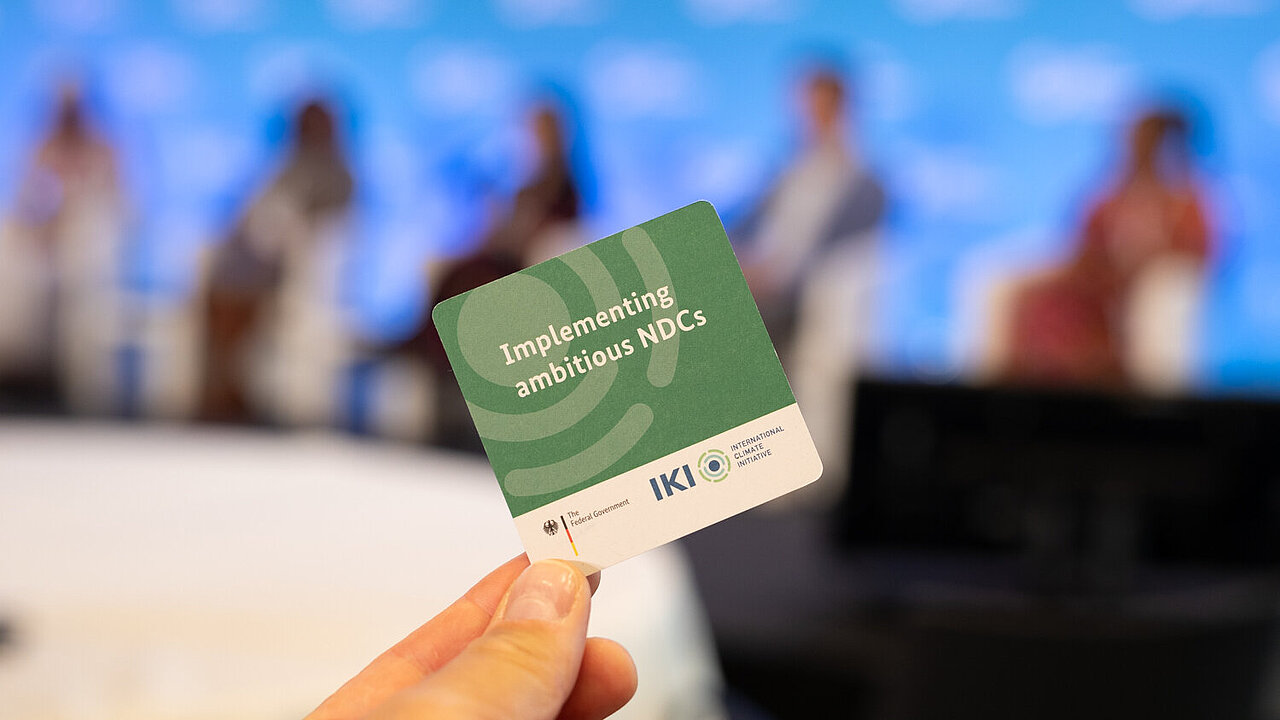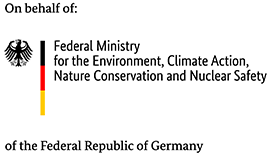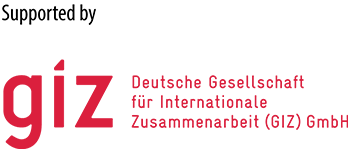From Pledges to Progress – Accelerating NDC Implementation
April - June 2025Shubhashis Dey
The 3rd Global NDC Conference brought together policymakers, lawmakers, indigenous voices, financiers, technical experts, think tanks, youth representatives and climate advocates to collectively examine how countries can move from climate pledges to real-world progress. The discussions over the three days were structured around ambition, finance, and solutions — each day offering a distinct focus while building toward a shared vision for NDC 3.0 and COP30.
Day 1 opened with a call for greater ambition grounded in justice and implementation. In a compelling keynote, Dessima Williams, President of the Senate of Grenada, highlighted the urgency of the moment. She underscored that current pledges fall well short of what is needed, pointing to a 2.8°C warming trajectory based on the Global Stocktake. Williams argued that the next generation of Nationally Determined Contributions (NDCs) must be more ambitious and supported by practical strategies, especially those that ensure a Just Transition — one that tackles poverty, promotes industrial development, and upholds fairness. The day began on a reflective note as Sara Omi of the Emberá People of Panama offered a cultural blessing, reminding participants of the sacred relationship with nature and the importance of gratitude as the foundation for climate dialogue.
Throughout the day, participants engaged in plenary panels and parallel sessions that unpacked key challenges in implementation. These included sectoral decarbonisation pathways, aligning NDCs with long-term net-zero strategies, operationalising Just Transition frameworks, the evolving role of Biennial Transparency Reports (BTRs), and accelerating the development and financing of national adaptation priorities. What emerged clearly was the need for country-driven, locally grounded strategies that move beyond planning and towards execution.
Day 2 shifted the focus to climate finance — how to mobilise and align financial flows to enable NDC implementation at scale. The day began with the launch of a timely report by the OECD and UNDP titled Investing in Climate for Growth and Development: The Case for Enhanced NDCs. Presented by Jo Tyndall, the report emphasised that for NDCs to attract finance and drive sustainable development, they must be not only ambitious but also better structured, investment-ready, and integrated with national development plans.
A high-level panel explored strategies for unlocking finance from a wider ecosystem of investors and institutions, noting the need for improved project pipelines and de-risking instruments to encourage private sector participation. Parallel sessions offered hands-on insights, ranging from the application of green bonds and other catalytic finance tools to co-designing adaptation projects that are bankable and resilient. Discussions also covered country experiences in translating adaptation plans into investment strategies and using public finance to de-risk climate investments. The strong message from Day 2 was that climate ambition without finance is hollow — and that finance must be directed toward scalable, long-term change, not just short-term projects.
Day 3 focused on solutions — particularly how local innovation, collaboration, and leadership are accelerating climate action. The day featured interactive formats including fireside chats, case clinics, and solution labs. These sessions provided space for countries to share practical experiences, explore implementation bottlenecks, and showcase innovations that are turning plans into progress.
In an inspiring keynote, Ana Toni, CEO of COP30 and Co-Chair of the NDC Partnership, introduced participants to mutirão, a Brazilian concept of collective effort and mutual support. Speaking from the perspective of the upcoming COP30 in Belém, she highlighted the importance of collaboration, community leadership, and sustained political will to overcome the complex challenges of climate action. The sessions that followed offered country-level examples of institutional innovations, cross-sectoral partnerships, and inclusive governance frameworks that are helping close the implementation gap.
Across all three days, the conference created an honest and forward-looking space for peer learning, deep reflection, and shared commitment. The conversations underscored that ambition, financing, and implementation are deeply interconnected — and that each requires deliberate planning, inclusive leadership, and sustained investment.
Author’s Reflection
The 3rd Global NDC Conference served as an important moment of convergence, offering participants a platform not only to share experiences but also to critically reflect on the pace and direction of climate action under the Paris Agreement. One core insight that emerged for me is the need for greater clarity in how we define “ambition.” When 195 countries signed the Paris Agreement in 2015, they committed to voluntary climate goals, recognising differentiated responsibilities and national contexts. Each country’s Nationally Determined Contribution (NDC) represents what it considers ambitious within its capacity and development priorities. Therefore, any call to increase ambition must also come with a more structured definition or classification system. Without a common framework for understanding what ambition entails, the conversation risks becoming subjective, making it difficult for countries to benchmark progress or set shared expectations.
Another critical issue, often underemphasized, is the distribution of historical and future emissions. While adaptation and loss and damage require substantial planning and financing—especially for climate-vulnerable nations—the fact remains that nearly 49% of new emissions are now attributable to just three countries. If we are unable to meaningfully engage these countries in forums like the Global NDC Conference, where collective resolve and policy innovation are expected to emerge, the path to 1.5°C will remain elusive.
The conference also rightly addressed the broader developmental issues intertwined with climate policy: indigenous rights, gender equality, youth engagement, and social justice. These are vital dimensions of any Just Transition and must be thoughtfully integrated into national climate strategies. However, it is also important to acknowledge that these social considerations, often discussed under the “do no substantial harm” principle, should be anchored within a tangible energy transition strategy. In many contexts, these debates risk getting ahead of the core question: is an energy transition truly underway? Without a concrete, country-specific energy transition plan, such discussions—though well-intentioned—may lose effectiveness. In this regard, it is crucial to sequence our discourse thoughtfully: establishing clear transition pathways first, and then ensuring they are inclusive, equitable, and socially responsible.
Notably, the conference featured several discussions highly relevant to India’s climate journey. Youth representatives underscored the urgency of intergenerational equity, calling for stronger roles in shaping and tracking NDC implementation—an area where India’s youth networks could play a more proactive role. On adaptation, the sessions stressed translating national plans into bankable projects, echoing India’s own ongoing efforts to develop its National Adaptation Plan and state-level strategies. Several financing mechanisms—such as blended finance, green bonds, and de-risking instruments—were showcased as tools that India could further adopt to scale up climate investments, especially in hard-to-finance sectors. While India’s progress under NDC 2.0 was acknowledged, it was also clear that remaining on track will require accelerated execution, improved data systems, and more robust engagement with international climate finance frameworks.
Ultimately, the 3rd Global NDC Conference reinforced a simple but powerful message: the credibility of climate action rests on our ability to align ambition, finance, and implementation in a globally coordinated but locally grounded manner. Platforms like this can be instrumental in catalysing knowledge exchange and solidarity, but their long-term impact depends on how well they inform national planning and international cooperation beyond the conference halls. As we look ahead to COP30 and the formulation of NDC 3.0, what the world needs is not just higher ambition, but deeper coherence—between vision and action, and between commitments and capacity.
Copyright © 2026 All rights reserved





